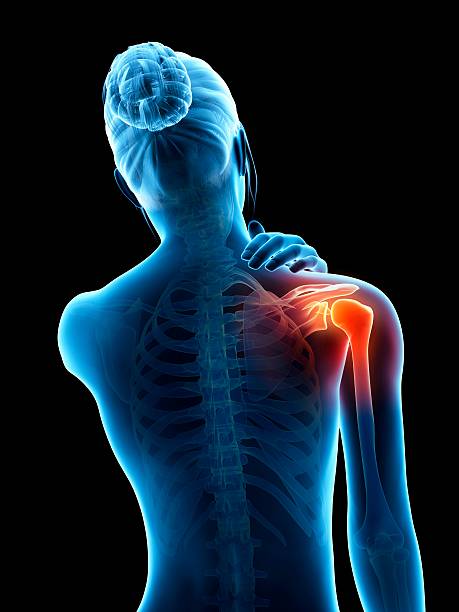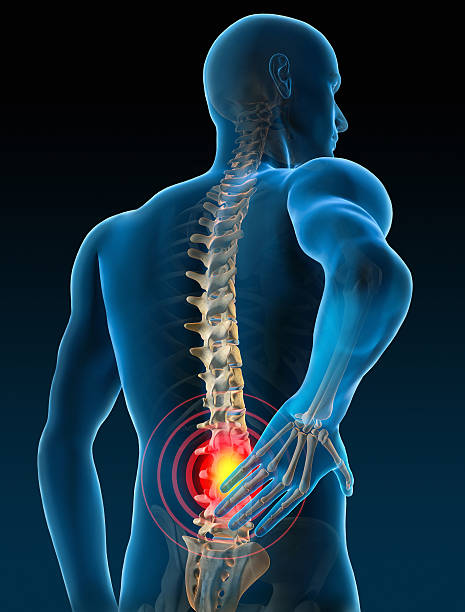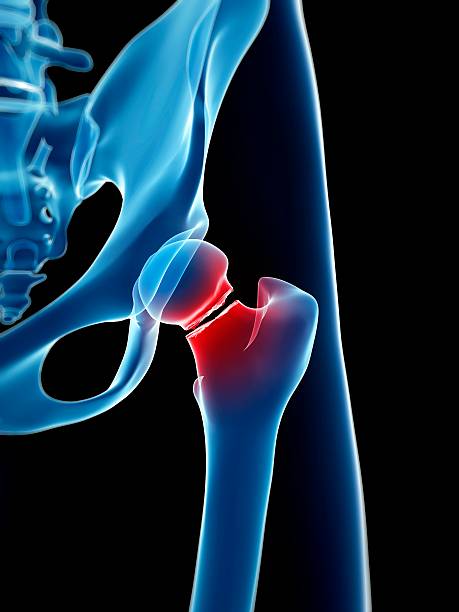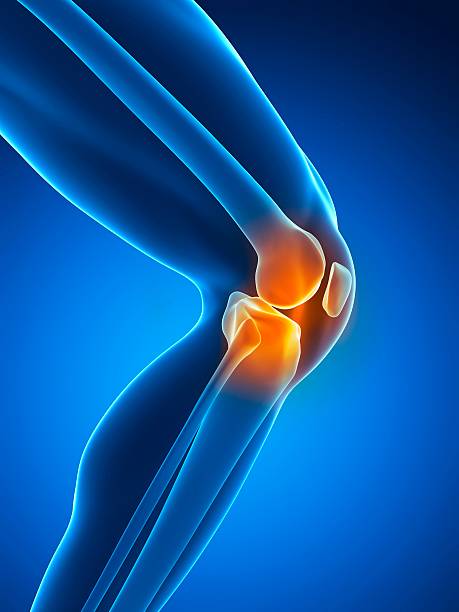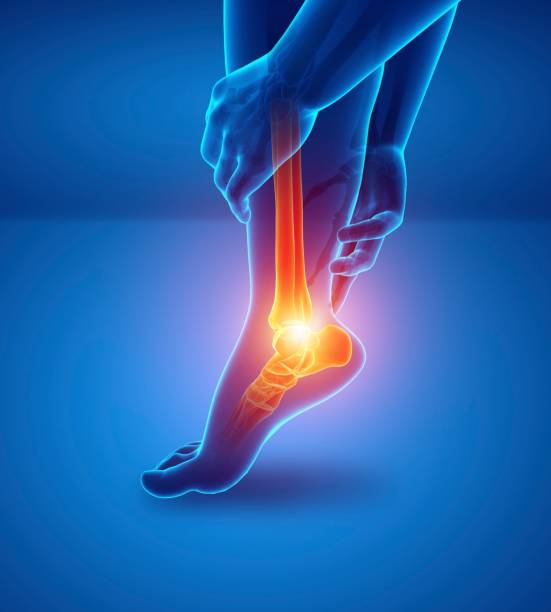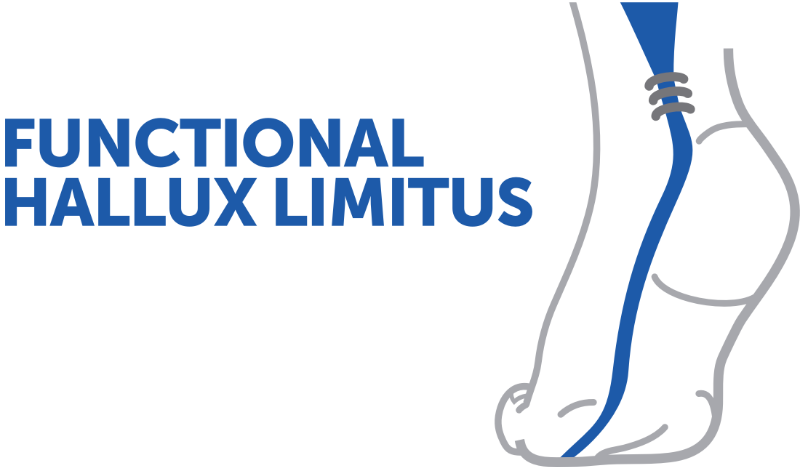Origins of human bipedalism
Dr. Vallotton traces the history of human bipedalism through an anthropological approach, exploring the evolution of the foot, its function in locomotion, and its aquatic origins.
Doctors
Topics
Treatments
Advice
- Dr Jacques Vallotton
- History of bipedalism
- Evolution of the foot
- Differences with monkeys
- Aquatic origins
- Permanent bipedalism
- Reptilian foot
- Aquatic origin
- Anatomy of the foot
Information
Video type:
Anatomy:
Surgery:
Thematic:
Why our feet make us bipeds
Bipedalism is not simply about "walking on two feet." It requires a stable foot, capable of providing propulsion and balance, and of organizing the lumbopelvic chain. The evolutionary history of the human foot sheds light on this stability: ancient, adapted, and specialized structures enabled efficient and repeated walking, freeing the hand for grasping and fine-grained tasks.
Understanding this lineage helps to better reason modern clinical assessment, from the simple gesture of walking to sporting demands.
From distant origins to modern walking
Fossil footprints and comparative analysis suggest a long-standing bipedalism, distinguishing our lineage from mere "occasional bipedism." The linear progression and management of trunk swing reflect a foot oriented for prolonged walking. Over time, this pattern shaped the entire skeleton and statics, from the ankle to the spine.
This continuity explains the sensitivity of the kinetic chain: a distal restriction leads to proximal adaptations.
Our foot makes us a true permanent biped.
A “primitive”, specific and effective foot
The human foot retains ancient features while exhibiting unique characteristics. Its function is not to grasp, but to provide stable support, efficient propulsion, and precise guidance of the lower limb. This orientation explains the importance of the forefoot, midfoot, and subtalar joints in controlling the gait cycle.
From this perspective, the slightest local dysfunction can resonate remotely on the knee, the hip and the spine.
Dorsiflexion and role of the metatarsophalangeals
In humans, a significant portion of the dorsiflexion needed for propulsion occurs at the metatarsophalangeal joints, particularly the big toe. This mechanism determines the entry into supination at the end of support, stabilizes the foot lever, and prepares for knee and hip extension. When this movement is limited, the entire synchronization shifts and the walking movement becomes disorganized.
The functional assessment of the forefoot is therefore an essential part of the assessment.
The stability of the foot freed the man's hand.
Aquatic origins: what this changes
The hypothesis of aquatic origins emphasizes functional traits (breath control, skin adaptation, hair removal) that may have favored the emergence of a particular locomotor pattern. Without settling the debates, this reading reminds us that the function is part of a history, and that stable support was decisive in relieving the hand and favoring the use of tools and then language.
For clinical practice, the message is simple: preserving the support function means preserving the entire chain.
Contemporary clinical implications
Foot examination is always considered holistically: posture, segmental mobility, inter-joint synchronization, and motor control. Preventing gait disorders involves maintaining forefoot mobility, working on the plantar tripod, and pelvic control. This biomechanical approach, informed by evolution, supports both performance and joint longevity.
Pathologies treated at the center
Hallux Limitus
Functional
Your pain has a cause.The balance sheet allows us to understand it.
- Gait analysis
- Posture Assessment
- Guidance on the right treatment
- Study of plantar supports and supports
- Detection of compensations
- Pain–movement correlation
The functional assessment allows us to understand how a joint or postural imbalance can trigger or perpetuate pain. Very often, imaging is normal, but movement is disturbed. By analyzing gait, weight-bearing patterns, or posture, we identify the weak links in the chain and guide targeted treatment adapted to the patient's actual mechanics.


